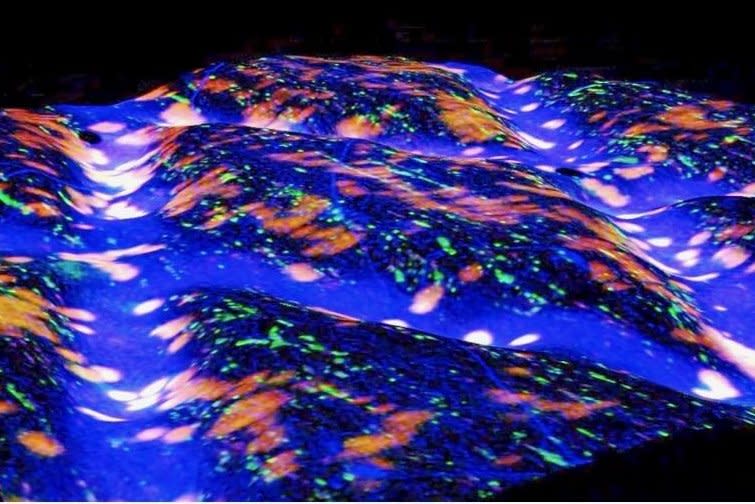Herniated discs can be repaired with biologic patch one day, researchers say

Nov. 15 (UPI) -- New, preclinical research by Penn Medicine and others revealed how a biologic patch activated by natural motion could become a key weapon in repairing herniated discs in the back and relieving pain.
Details of the research on the "tension-activated repair patches," or TARPs, conducted by the Perelman School of Medicine at the University of Pennsylvania and the CMC VA Medical Center, were published Wednesday in the journal Translational Medicine.
The researchers said TARPs allow the body's natural mechanics to activate the release of anti-inflammatory molecules from the microcapsules within the patch. Theoretically, the patch should work even if a person lies still for months.
In short, the study's authors said the patch makes it seem as though there was never a hole caused by the herniated disc, preventing a worsening of pain related to disc degeneration.
"Currently, there is no curative treatment for disc herniation, and the best thing out there is just like sticking a plain rubber plug into a hole in a tire. It will stay for a while, but it won't make a great seal," said co-senior author Robert Mauck, a professor in orthopedic surgery and director of the McKay Laboratory for Orthopaedic Surgery Research at Penn.
"The patch we've developed is like the plug plus glue, so you're actually bonding the patch. And since biomechanical movement activates the patch and makes it seal more strongly, it's like having your tire patch get stronger the more miles you put on it."
Herniation in the spine happens when one of the soft discs that sits between the vertebrae develops a split or a hole, and the soft interior squeezes through.
That is when the discs lose their tension and are unable to cushion the spine as usual, causing pain. Penn Medicine and CMC VA Medical Center researchers said they created TARPs to not just plug the hole, but allow tension to build back up and recushion the vertebrae.
"The disc is a very complex tissue, which is different from muscle and skin in that it cannot heal its own structure and, in fact, continues to degenerate over time once its structure is compromised," said Ana Peredo, who conducted the research during her doctoral studies in bioengineering at the School of Engineering and Applied Sciences at Penn.
"We set out to recover the disc's mechanical integrity while simultaneously attenuating inflammation in order to prevent further tissue damage and retain as much tissue function as possible."
Co-senior author Harvey Smith, an associate professor of orthopedic surgery and attending physician at the VA medical center, said the patch is meant to be an early intervention that may change the course of disease progression.
"Currently there's no treatment to mitigate recurring herniations that actually heal the disc," he said. "So, we're looking at a disease that is very common in younger, working-age people that, downstream, leads to severe disc disease and the need for spinal fusion. The more we can prevent that, the better."
The authors said the patch could have veterinary applications, as well.
"I have been working with emerging non-fusion spine technologies for 20 years, with very few making it to human clinical trials and beyond," said Thomas Schaer, a veterinary surgeon and director of the Institute for Medical Translation, New Bolton Center, at the Penn School of Veterinary Medicine.
"This team has been working together for 15 years, and I believe we are practicing a highly focused approach to research that has significant potential for a translational breakthrough across a broad spectrum of spine care, not just for human patients, but possibly also for our furry dog friends."

